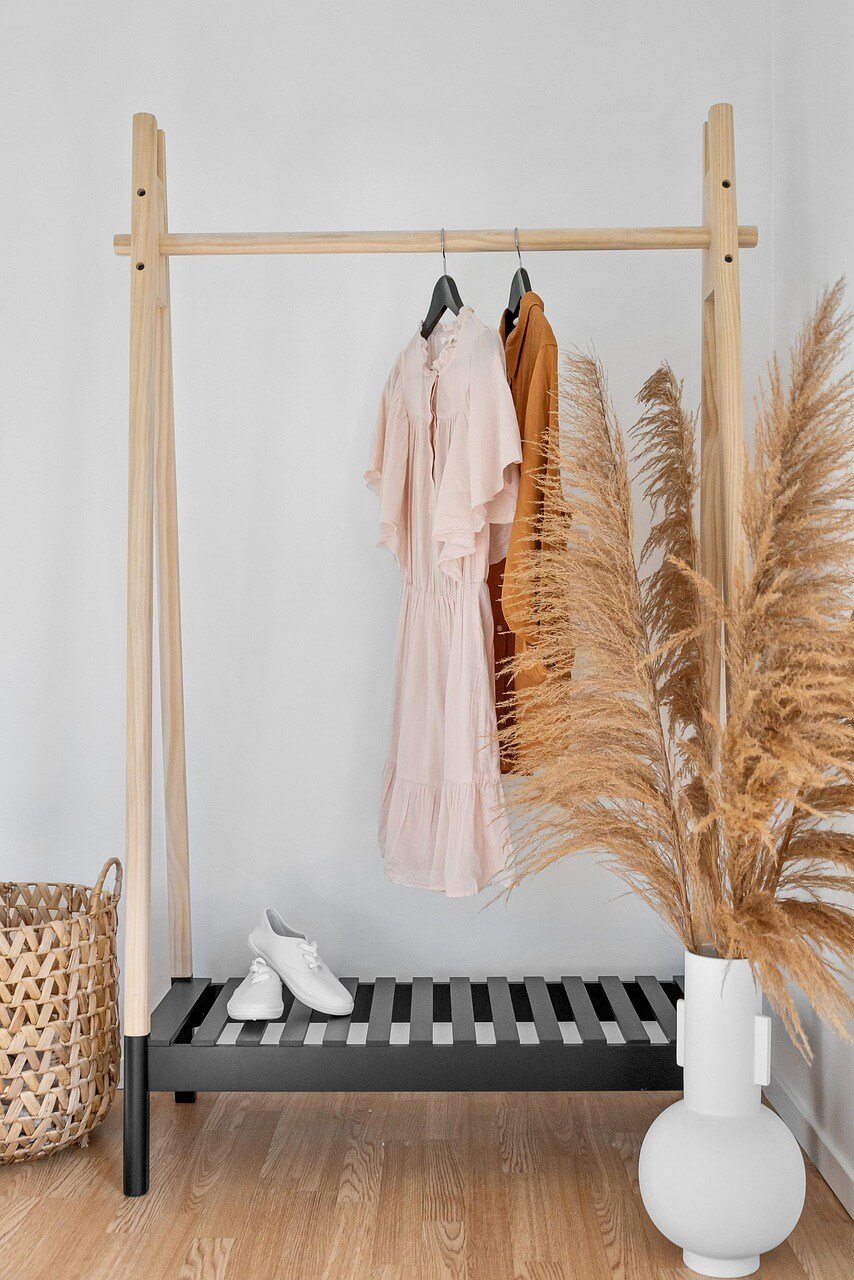Feeling overwhelmed by clutter? This declutter blog is your guide to breaking free from the weight of possessions, one step at a time. Imagine a home where peace reigns and every item has its designated place.
Discover practical tips, inspiring stories, and a supportive community to help you reclaim your space and find tranquility amidst the everyday. Let’s embark on this journey to a decluttered, more peaceful home together!
What Is a Declutter Blog?
A declutter blog is an online resource that shares practical advice, personal stories, and tips on organizing and simplifying spaces. It focuses on reducing clutter, improving home flow, and encouraging a more intentional lifestyle. These blogs aim to inspire and support readers in creating a calm, clutter-free environment.
This declutter blog often features easy-to-follow decluttering strategies, storage ideas, habit-building tips, and mindset shifts. They may address emotional challenges associated with letting go, provide printable checklists, and recommend helpful tools. The goal is to help readers maintain organization and develop sustainable routines that lead to a more peaceful, manageable daily life.
The Hidden Costs of Clutter
Clutter isn’t just a visual nuisance—it carries hidden costs that affect your mental health, time, and finances. Understanding these impacts can motivate you to create a clearer, more peaceful living space.
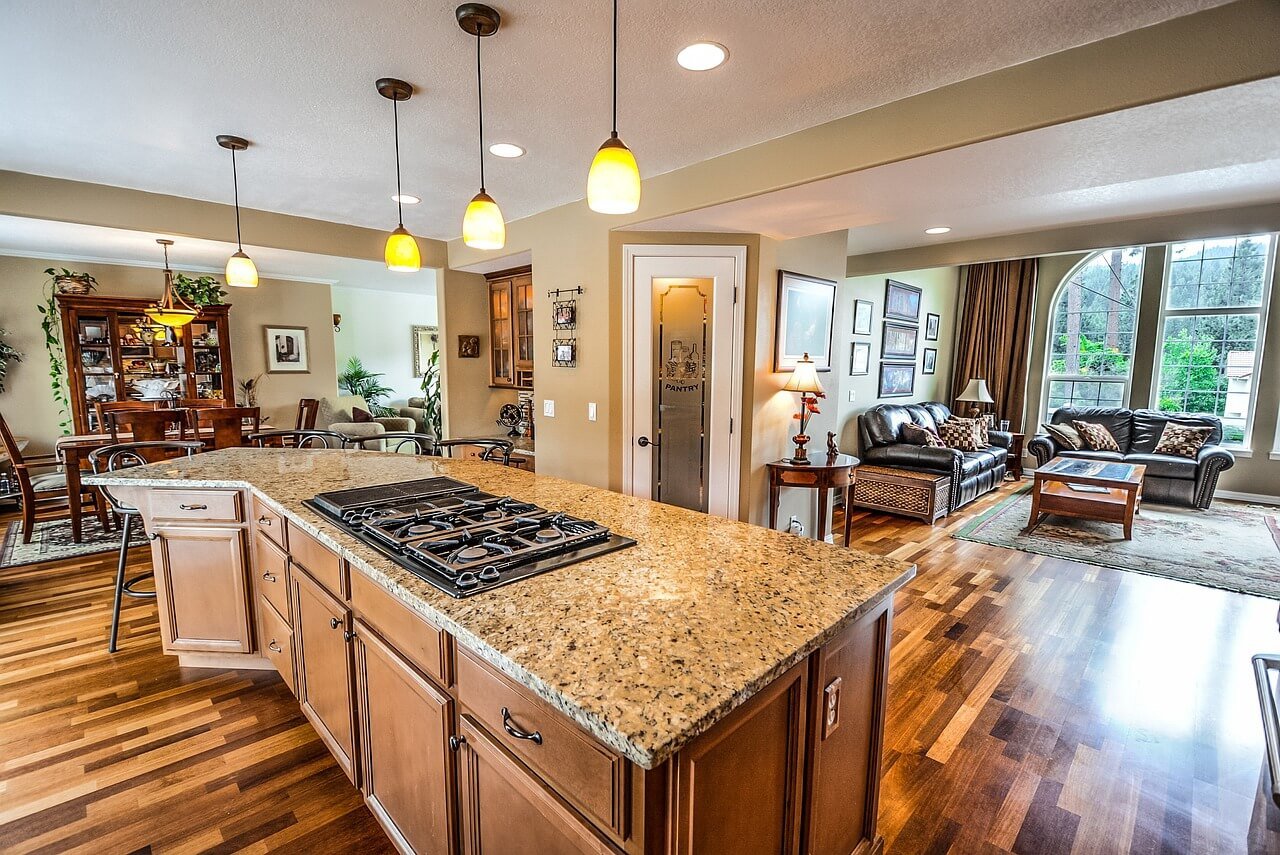
Mental and Emotional Stress
Living in cluttered spaces can cause ongoing mental fatigue, anxiety, and emotional discomfort. It’s difficult to relax or concentrate when surrounded by disorder. Over time, clutter contributes to feelings of guilt, frustration, and even shame, impacting overall well-being and making it harder to feel calm and in control.
Wasted Time and Lost Items
Clutter makes everyday tasks harder by causing you to lose or misplace items like keys, paperwork, or chargers. This constant search wastes time and creates unnecessary stress. Over the weeks and months, these small delays accumulate, leading to lost productivity and a more chaotic, frustrating daily routine.
Financial Implications
Clutter leads to unexpected financial strain—buying duplicates of misplaced items, missing bill payments hidden in piles, or renting extra storage space. These seemingly minor costs add up over time, impacting your budget. Disorganization doesn’t just clutter your home—it silently drains your money and adds unnecessary financial pressure.
Why Declutter Blog is Life-Changing
Decluttering transforms your space, mind, and relationships. On this declutter blog, discover how letting go leads to greater focus, peace, and a happier, healthier life.
Creates Mental Clarity
Clutter overwhelms the mind with constant visual noise. Decluttering clears your environment, which in turn quiets your thoughts. It helps reduce mental fatigue, improves focus, and creates a sense of peace. With fewer distractions, your mind feels lighter, calmer, and more capable of handling tasks and making decisions effectively.
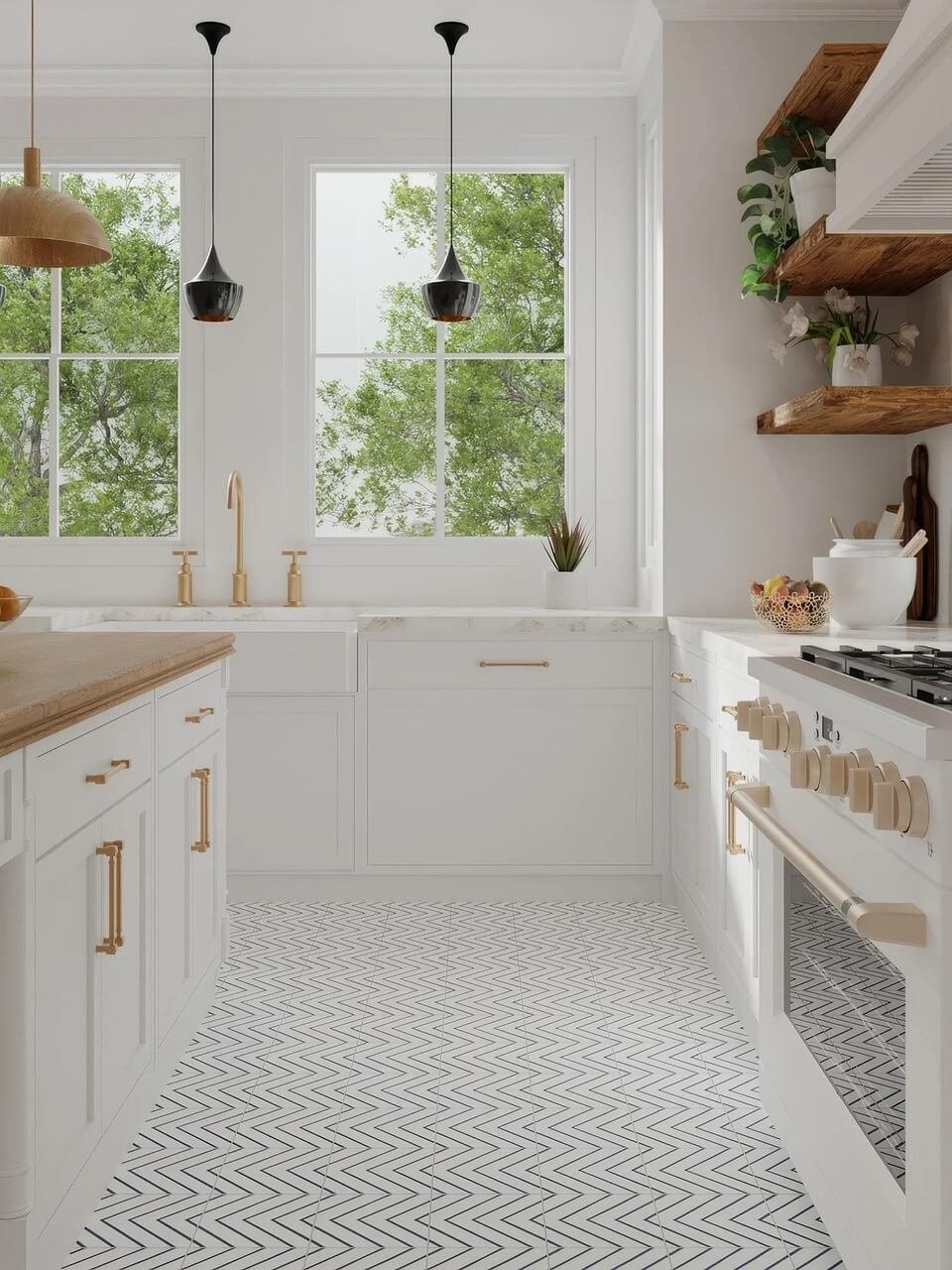
Boosts Productivity and Focus
A clutter-free space allows you to focus on what truly matters. Without unnecessary distractions, your brain can concentrate better, helping you complete tasks faster and more efficiently. You’ll spend less time looking for things and more time being productive, which builds momentum, confidence, and a sense of daily accomplishment.
Improves Relationships and Mood
Clutter can lead to stress, arguments, and embarrassment within relationships. A tidy, welcoming environment supports better communication, shared responsibility, and emotional connection. It reduces tension and guilt, improves mood, and creates a positive atmosphere where everyone feels more relaxed, respected, and able to enjoy time together in harmony.
Declutter Coach: Benefits, Costs, and How to Find One
Enhances Your Home’s Energy and Flow
Decluttering improves the energy and functionality of your living space. It allows each area to serve its purpose without obstacles. With better flow and openness, your home feels more peaceful, breathable, and inviting. This positive shift influences how you move, feel, and live in your home every day.
Signs You Need to Declutter Now
Not sure if it’s time to declutter? Certain signs—like feeling overwhelmed or constantly losing things—signal it’s time to clear the chaos and regain control of your space and peace of mind. Continue reading this declutter blog to find out more!
Feeling Overwhelmed in Your Own Home
If your space causes anxiety instead of comfort, it’s a clear sign that clutter is taking a toll. Feeling overwhelmed when walking into a room or not knowing where to start tidying often means there’s too much stuff and not enough functional space or mental breathing room.
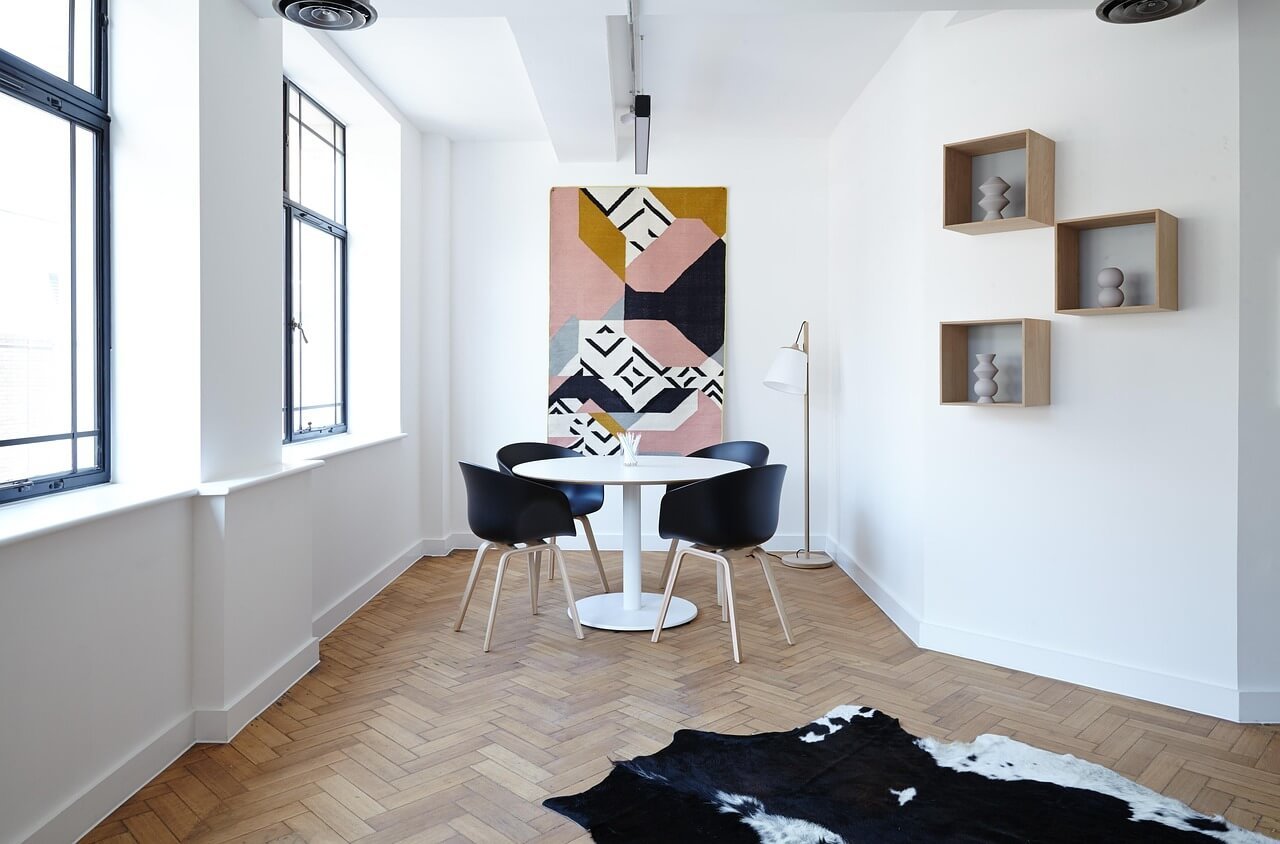
Struggling to Find Things
Regularly misplacing items, such as keys, papers, or clothes, signals disorganization. When clutter blocks visibility and access, even daily essentials become hard to find. Wasting time searching for things not only frustrates you but also disrupts routines, creates stress, and points to a need for better order and simplicity.
Constantly Cleaning but Still Feeling Messy
If you’re always tidying, yet your space never feels clean, clutter is likely the problem. Excess stuff makes it harder to maintain cleanliness. Surfaces stay crowded, storage overflows, and the mess returns quickly, making you feel like your efforts aren’t making a difference and leaving you mentally exhausted.
Holding onto “Just in Case” Items
Keeping things “just in case” often leads to unnecessary accumulation. These items usually go unused and take up valuable space. If you’re holding onto broken, duplicate, or outdated things out of fear, it’s time to assess their true usefulness and let go of what no longer serves you.
Where to Start: The Decluttering Roadmap
Starting your decluttering journey might feel daunting, but breaking it into clear steps makes it manageable and ultimately rewarding. Here on this declutter blog, we offer a simple roadmap to guide you:
Set Clear Goals
Define specific reasons for decluttering, such as reducing stress, gaining space, or improving organization. Clear goals keep you motivated, provide direction, and help measure your progress, making the process more manageable and ensuring long-term success in maintaining a clutter-free home.
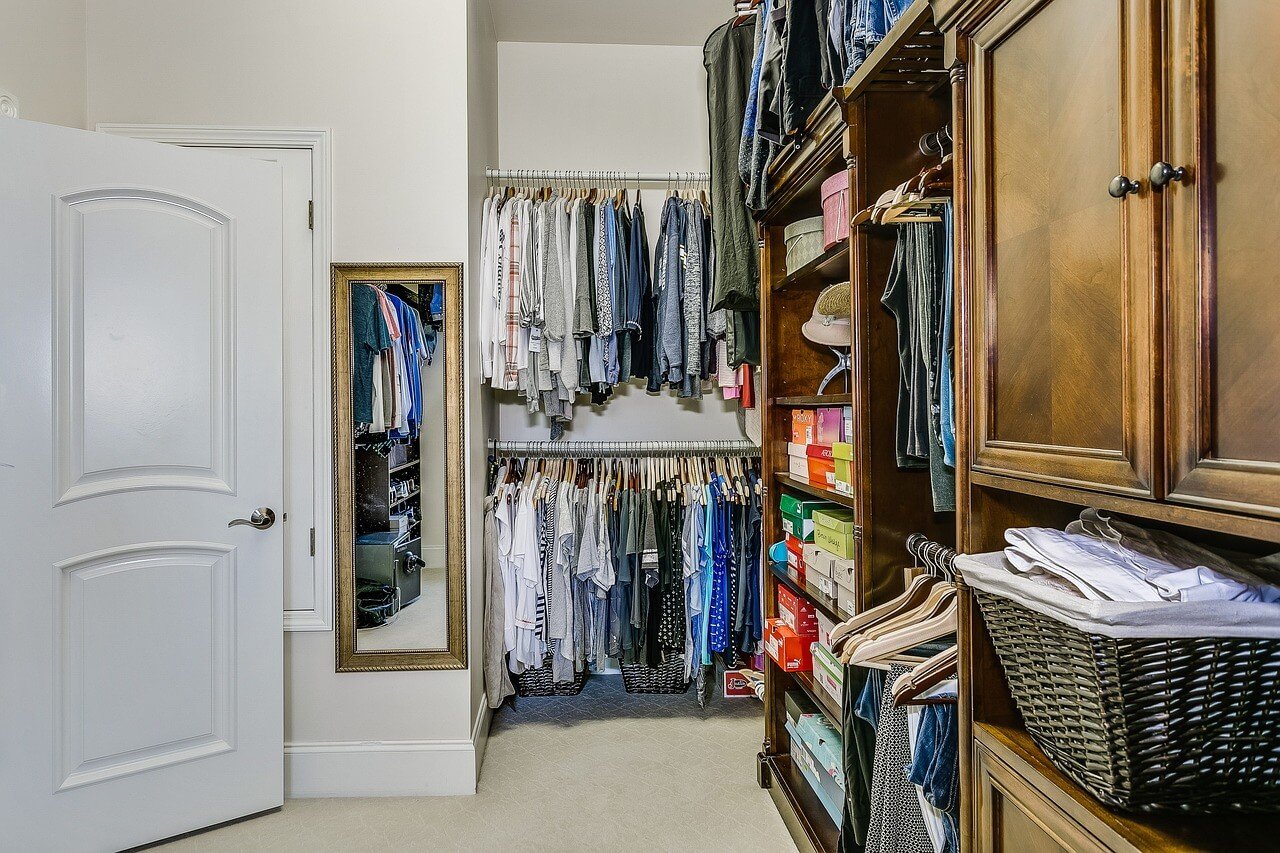
Choose a Starting Point
Begin with a small, manageable area like a drawer or closet. Starting small prevents overwhelm, builds momentum, and allows you to experience quick wins. This approach boosts confidence and encourages you to continue decluttering more challenging spaces step-by-step.
Sort and Categorize
Divide your belongings into five categories: Keep, Donate, Sell, Recycle, or Trash. This approach streamlines decisions, reduces hesitation, and encourages mindful evaluation of each item’s worth, making the decluttering process more efficient and helping you create a more organized space.
Use the “Four-Box Method.”
Gather four labeled boxes: Keep, Donate, Sell, and Trash. Sort each item into one box, promoting decisive choices. This method prevents clutter accumulation, streamlines your sorting process, and ensures a smooth, organized, and effective decluttering experience from beginning to end.
Read Declutter Blog to Declutter Your Home Fast
Create a Decluttering Schedule
Schedule regular decluttering sessions, such as 15–30 minutes daily or a few hours weekly. Consistent, manageable time blocks help prevent burnout, ensure steady progress, and turn decluttering into a sustainable, stress-free habit instead of a daunting, overwhelming task.
Focus on Function and Joy
Focus on utility when deciding what to keep or genuinely bring happiness. Let go of things that no longer fit your lifestyle or don’t add value, helping you create a meaningful, intentional living space that supports your wellbeing.
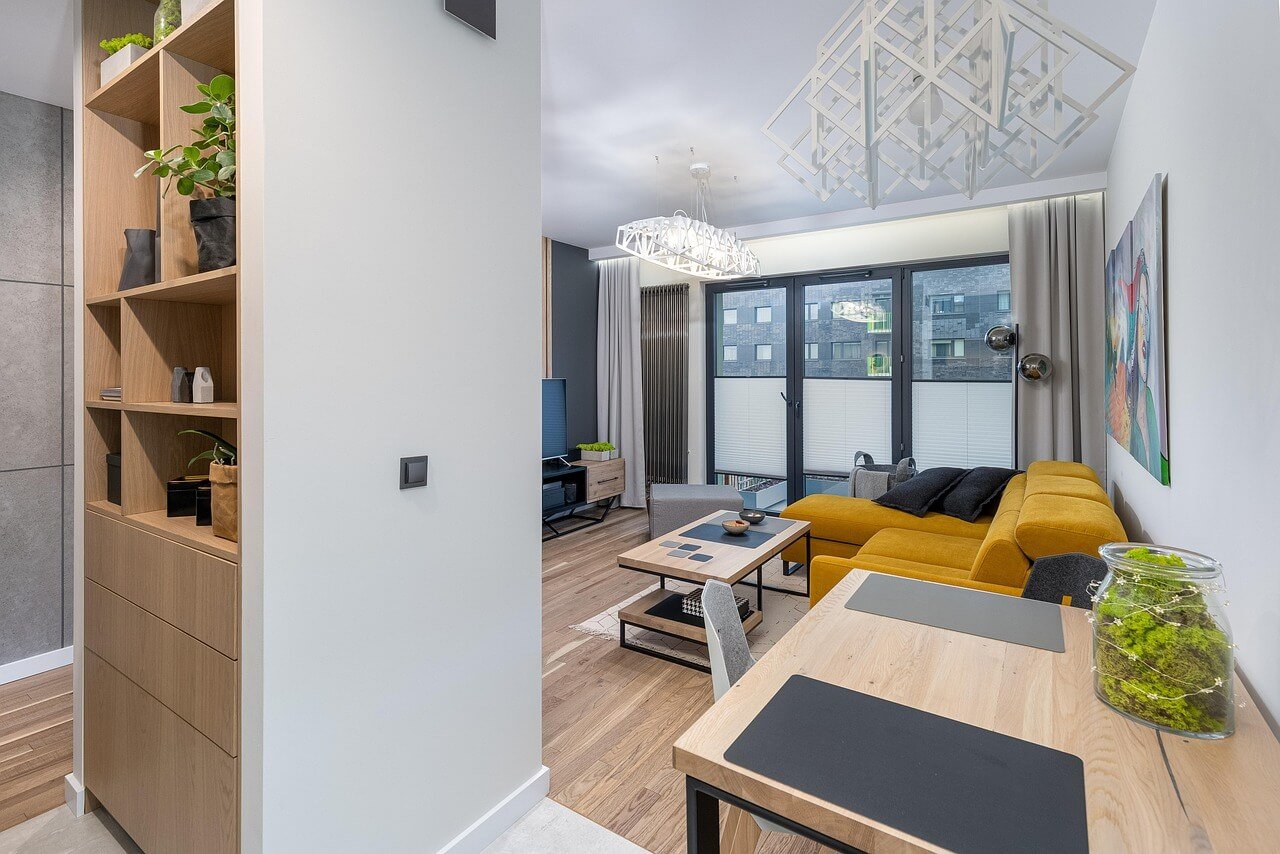
Organize What’s Left
After decluttering, organize your belongings carefully with bins, labels, or drawer organizers. Thoughtful storage enhances accessibility, minimizes future clutter, and supports maintaining a neat, efficient space that’s simple to clean and creates a comfortable, enjoyable living environment every day.
Maintain Your Progress
Practice habits such as “one in, one out” to avoid clutter buildup. Consistently evaluate your belongings and living space to maintain order. This ongoing, proactive approach ensures your home remains organized, functional, and perfectly suited to your lifestyle over the long term.
Proven Decluttering Methods that Work
Decluttering can be overwhelming, but using established methods can simplify the process and improve results. On this declutter blog, here are some proven techniques to help you get started:
1. The KonMari Method
Marie Kondo’s KonMari method focuses on decluttering by category instead of location. You keep only items that truly “spark joy,” which fosters gratitude and emotional awareness. This thoughtful method helps you feel more connected to what you own, helping you release excess items and maintain a tidy, joyful, and organized living space.
2. The Four-Box Method
You can use four labeled boxes—Keep, Donate, Sell, and Trash—to sort all your items. This approach forces clear decisions, reduces indecision, and prevents clutter from accumulating. Breaking the task into manageable steps makes decluttering organized, efficient, and less overwhelming, helping you make steady progress.
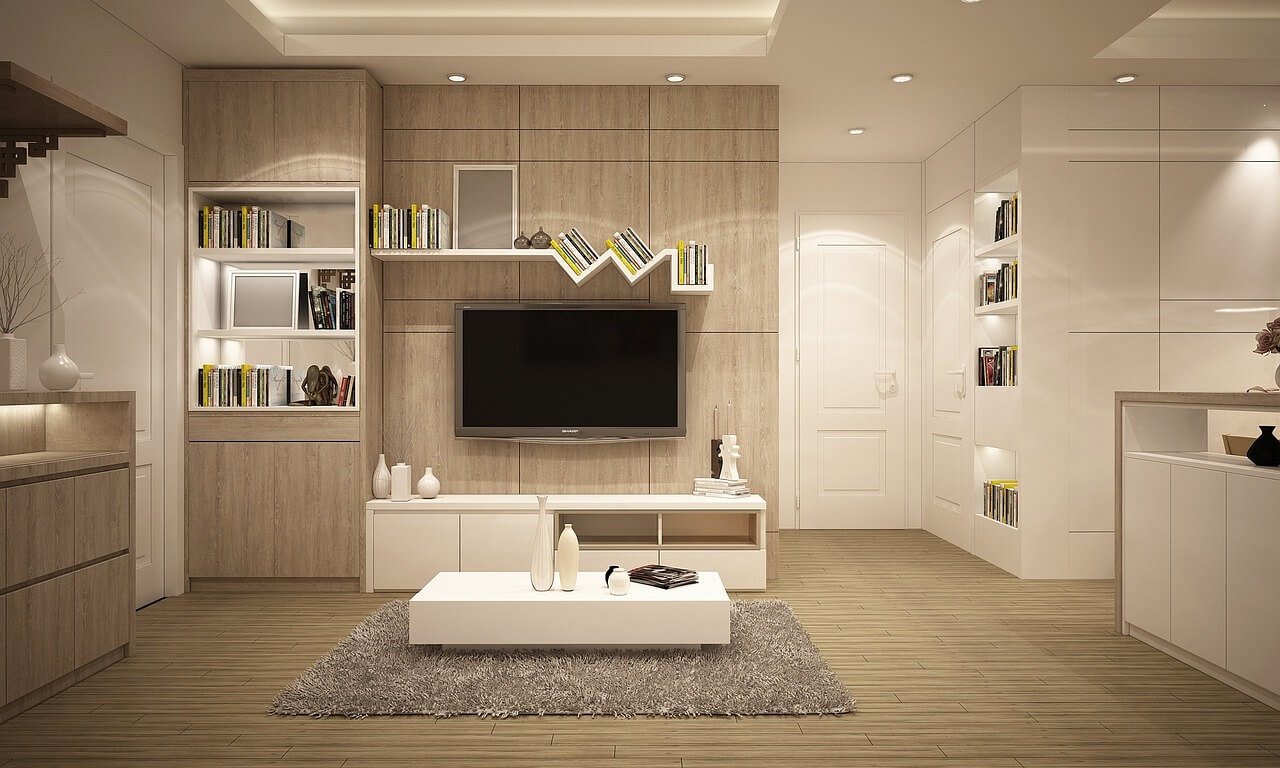
3. The Minimalist Game (30-Day Challenge)
Commit to decluttering by removing increasing numbers of items each day for 30 days—one item on day one, two on day two, and so on. This gradual, game-like approach makes decluttering fun and manageable, builds momentum, promotes consistency, and helps tackle even large projects effectively over time.
4. Room-by-Room Approach
Concentrate on fully decluttering one room before starting another. This method-focused approach limits overwhelm by breaking down the task and creating clear, visible progress. Finishing decluttering each room boosts motivation, offers a rewarding sense of achievement, and aids in staying organized and maintaining control throughout the entire decluttering journey.
5. The 12-12-12 Challenge
Choose 12 items to discard, designate 12 for donation, and 12 for returning to their homes. This straightforward 12-12-12 challenge jump-starts decluttering by creating quick, visible results. It’s an effective way to gain momentum without feeling overwhelmed or spending too much time, making progress simple and manageable.
6. The 20/20 Rule (The Minimalists)
If an item costs less than $20 and can be replaced in less than 20 minutes, it’s usually best to let it go. This 20/20 rule helps reduce emotional attachment and speeds up decision-making. It allows you to clear clutter more effectively and declutter without guilt or hesitation.
7. The 15-Minute Timer Method
Set a timer for 15 minutes and focus on decluttering as much as possible during that time. These short, focused sessions help prevent burnout and procrastination, making the task manageable. Regularly repeating this method builds momentum. Over time, it turns decluttering into a consistent and sustainable habit.
What to Expect Emotionally
Decluttering stirs up emotions —guilt, fear, nostalgia, and even grief. This declutter blog helps you navigate these feelings, offering tips to reframe your mindset and understand that letting go gets easier.
Guilt, Fear, Nostalgia
Letting go often triggers feelings of guilt for spending money, fear of future regret, or nostalgia tied to cherished memories. These emotions are entirely normal. Acknowledge them without judgment — they are part of the decluttering process, not a sign to stop.
Tips to Push Through Emotional Attachment
If an item feels emotionally charged, take a photo before donating it. Limit keepsakes to a set container. Say, thank you to objects before letting them go. Small rituals help you release attachments while honoring the emotional weight they carry.
How to Reframe Your Mindset
Shift your focus from loss to gain. Instead of thinking about what you’re discarding, consider the space, clarity, and peace you’re creating. Ask yourself, “Does this item support the life I want now?” If not, it’s okay to let go.
Understand the Grieving Process
Decluttering can bring feelings of grief, especially when releasing things tied to past identities or loved ones. Allow yourself to feel and process these emotions. It’s a healthy and necessary part of personal growth and transformation.
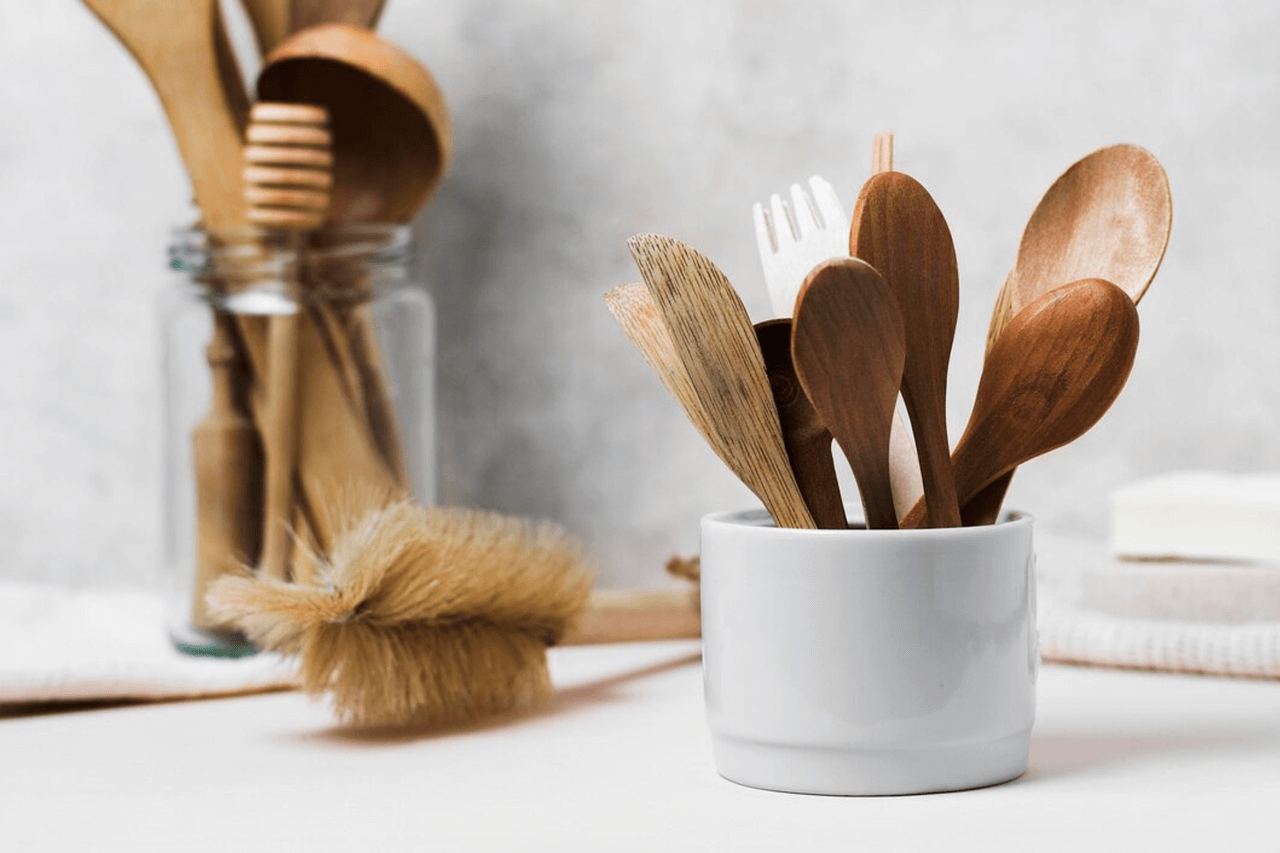
Know It Gets Easier
The emotional weight of decluttering lightens over time. Each decision builds confidence. What feels hard at first gradually becomes easier as you start recognizing what truly serves your life and what no longer has a meaningful place.
Accept That It’s Okay to Keep Some Things
Minimalism isn’t about owning nothing — it’s about being intentional. If an item brings real comfort or joy, keep it. The goal is balance, not deprivation. Give yourself permission to hold onto what genuinely matters to you.
Visualize the Outcome
Picture your ideal space: calm, clean, and aligned with who you are today. Visualization helps you stay focused on your why and makes it easier to let go of things that no longer support your vision or lifestyle.
Lean on Support
You don’t have to go through this alone. Talk to a friend, join a decluttering challenge, or work with a professional. External support can help you stay motivated, gain perspective, and feel less overwhelmed by emotional roadblocks.
The Positive Ripple Effect
Embrace the organization and watch its transformative power unfold. From better sleep to a more inspiring home, these positive changes create a powerful ripple effect, benefiting your entire life. Explore more on this declutter blog!
Better sleep, more focus:
An organized life fosters clearer routines and reduces mental clutter. This leads to significantly improved sleep quality, leaving you feeling more rested and able to focus with greater clarity throughout your day.
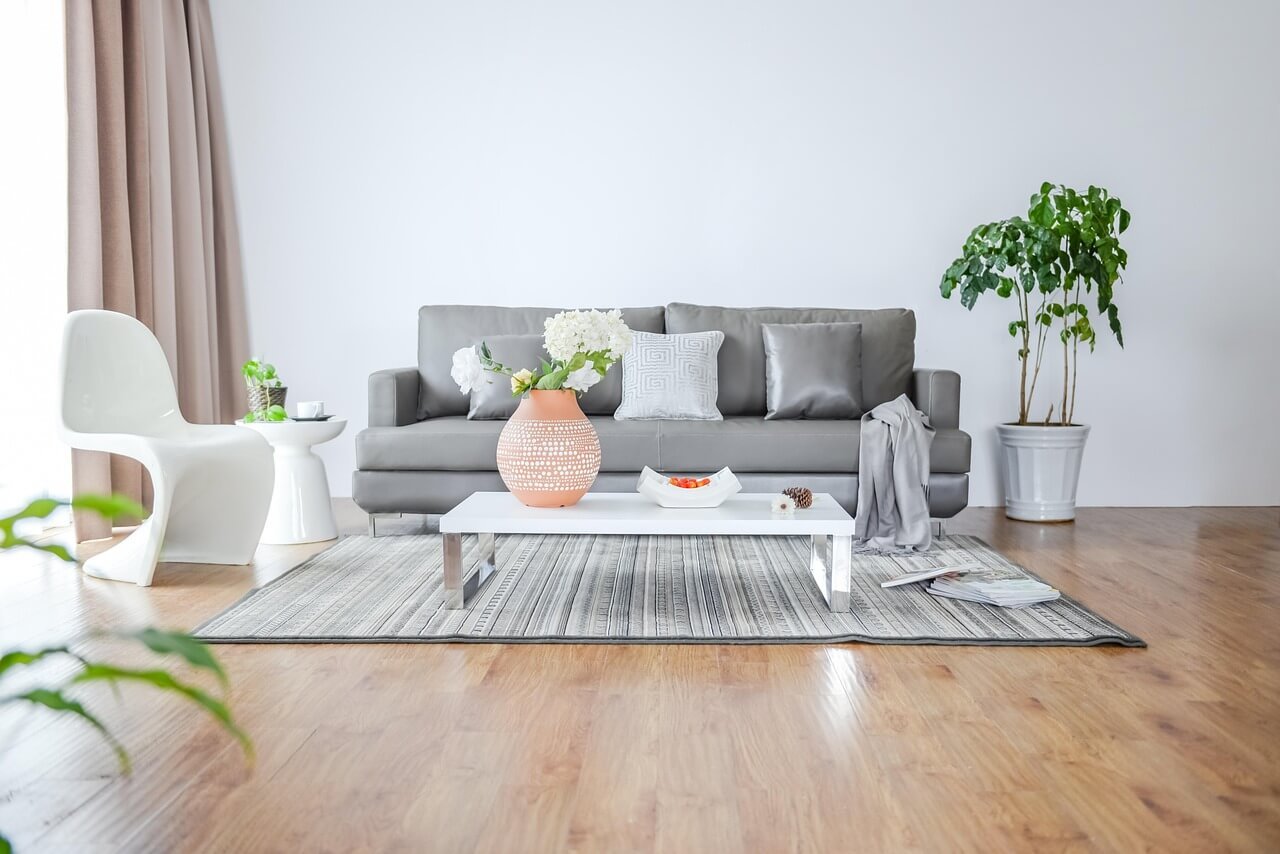
Kids and family start following your lead:
When you consistently demonstrate organized habits, it sets a powerful example. Your children and other family members are likely to observe and adopt similar practices, creating a more harmonious and orderly household environment.
A home that inspires, not drains:
A well-organized living space minimizes visual chaos and reduces stress. This transforms your home into a calming sanctuary that actively energizes and inspires you rather than feeling like a source of constant overwhelm.
Reduced stress and increased well-being:
A tidy and organized environment directly contributes to a calmer mental state. This helps alleviate anxiety and fosters a greater sense of control, significantly enhancing your overall personal well-being and peace of mind.
More time for what matters:
Decluttering and organizing free up valuable time previously spent searching for items or tidying up. This newfound efficiency allows you to engage in hobbies and connect with loved ones or just relax and recharge.
Boosted productivity and creativity:
An organized workspace and a clear mind translate into increased efficiency in all areas of life. With less distraction, you’ll find it easier to concentrate on tasks, complete projects, and unlock new levels of creativity.
Common Decluttering Mistakes to Avoid
Don’t let decluttering derail you. This decluttering blog highlights common mistakes to avoid, ensuring a smoother and more successful transformation.
Trying to do everything in one day:
Attempting to declutter an entire home at once leads to burnout and overwhelm. Break the task into small, manageable chunks, focusing on one drawer or shelf at a time to maintain motivation and see tangible progress.
Buying storage bins before decluttering:
Purchasing containers prematurely often results in buying the wrong sizes or too many. Declutter first to understand what you actually need to store, then invest in solutions that truly fit your remaining items.
Being too sentimental:
Letting emotions dictate decisions slows decluttering. While sentimental value is important, objectively ask if an item serves a purpose or brings present joy. Save deeply cherished photographs and memorabilia for the very last step.
Not having a system:
Without a clear plan, decluttering can become chaotic and inefficient. Establish a system, such as “keep, donate, toss,” or categorize items by room, to guide your decisions and ensure everything has a designated place.
Not having an exit strategy:
Deciding what to discard is only half the battle. If you don’t have a plan for donations, recycling, or selling items, they become new piles of clutter. Ensure unwanted items leave your home swiftly.

In Conclusion, your journey to a peaceful home starts now. Decluttering isn’t just tidying; it’s creating space for peace, clarity, and joy. The first step can feel daunting, but transformation begins with action.
You deserve a home that supports your well-being, and this declutter blog is here to guide you. Remember, progress is more important than perfection. Start small, be kind to yourself, and believe a calm, intentional home is within reach.





